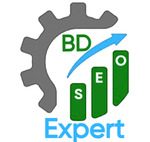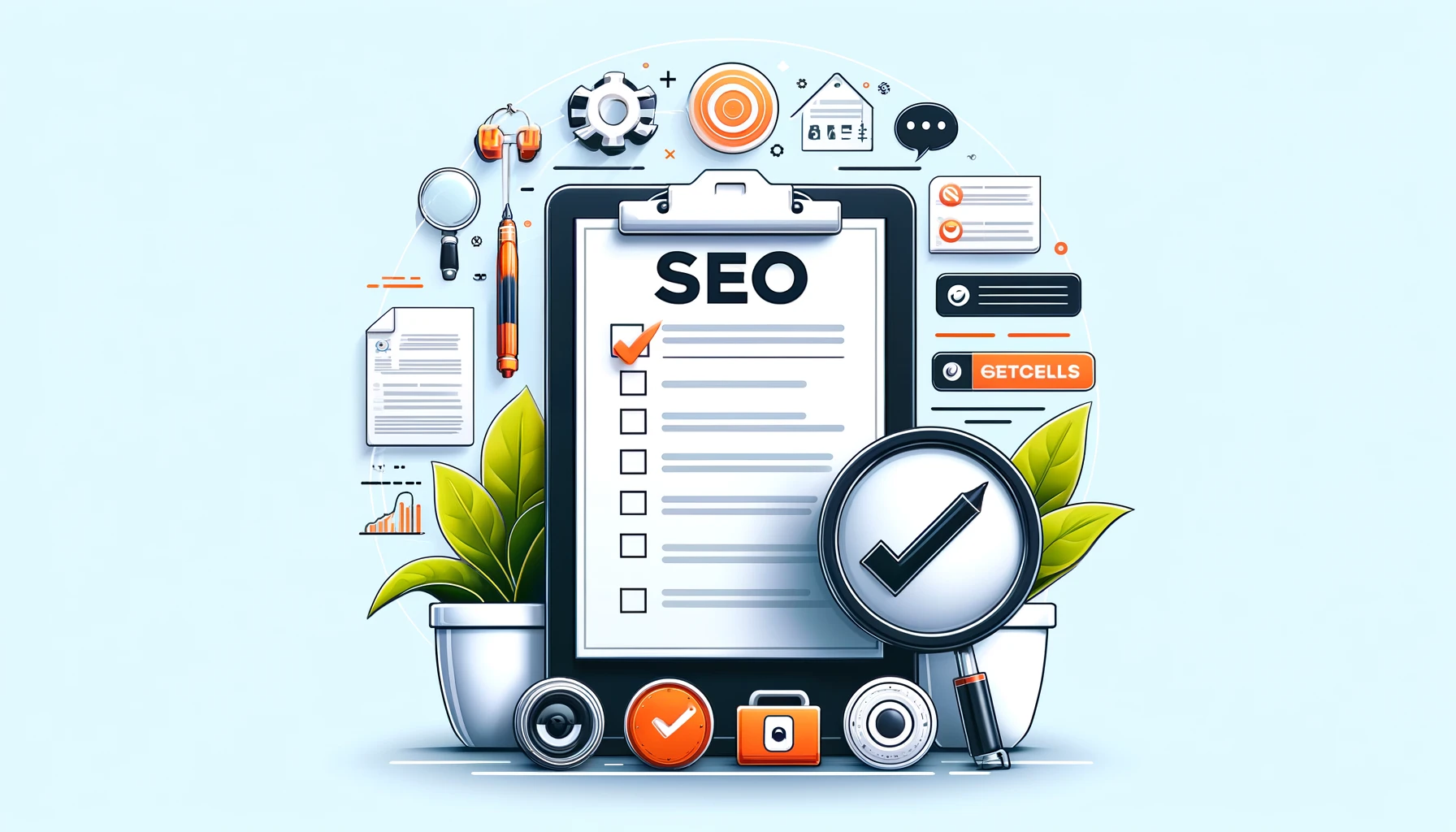On-Page SEO Checklists
Introduction
On-page SEO checklists is very useful and act as a guideline for finishing a successful on page optimization.
What is On-Page SEO?
On-page SEO is like making sure your room is tidy and inviting. It involves optimizing individual pages on your website to make them more attractive to search engines and users. This includes things like using the right keywords, making sure your content is easy to read, and ensuring your site is user-friendly.
Why is On-Page SEO Important?
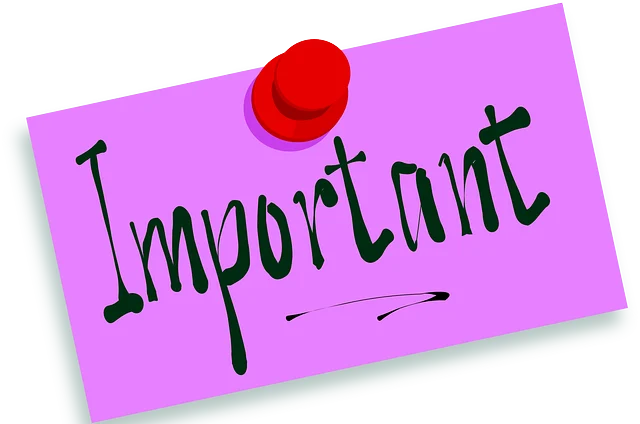
On-page SEO is important because it helps search engines understand your content better. When search engines know what your page is about, they can show it to the right people. This means more visitors to your website and more chances for them to find what they’re looking for.
To understand the basics of SEO, please read our “Beginner’s Guide to SEO.”
Chapter 1: Keyword Research
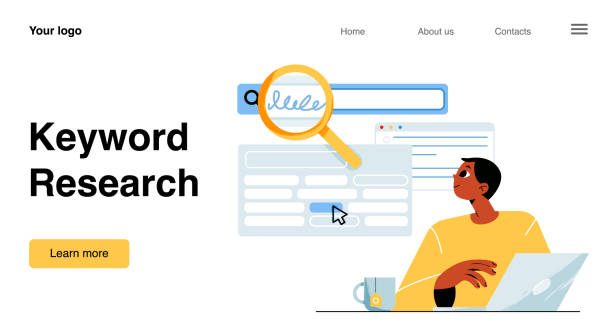
Finding the Right Keywords
Keywords are the words and phrases people use when searching online. Finding the right keywords is like figuring out the magic words that help people find your website.
Using Tools for Keyword Research
There are many tools to help you find the best keywords. Some popular ones are:
- Google Keyword Planner: Helps you find keywords related to your business.
- Ahrefs: Shows you what keywords your competitors are using.
- Ubersuggest: Provides keyword ideas and search volume data.
Choosing Long-Tail Keywords
Long-tail keywords are longer and more specific phrases. They might not get as many searches, but they often bring more targeted traffic. For example, instead of just “shoes,” you could use “comfortable running shoes for kids.”
For more reading, please visit on How to Conduct Keyword Research Using Free Tools
Chapter 2: Content Optimization
Creating High-Quality Content
High-quality content is like a delicious meal—people want to enjoy it and share it with others. Your content should be interesting, informative, and valuable to your readers.
Using Keywords Naturally
Use your keywords in a way that sounds natural. Don’t stuff them in awkwardly. Think about how you would talk to a friend about the topic.
Writing Engaging Headlines
Your headline is the first thing people see, so make it catchy and relevant. Use powerful words and numbers to grab attention. For example, “10 Amazing Tips for Healthy Eating.”
Using Subheadings and Bullet Points
Break up your content with subheadings and bullet points. This makes it easier to read and understand. People like to scan content quickly, so make it easy for them.
Adding Internal and External Links
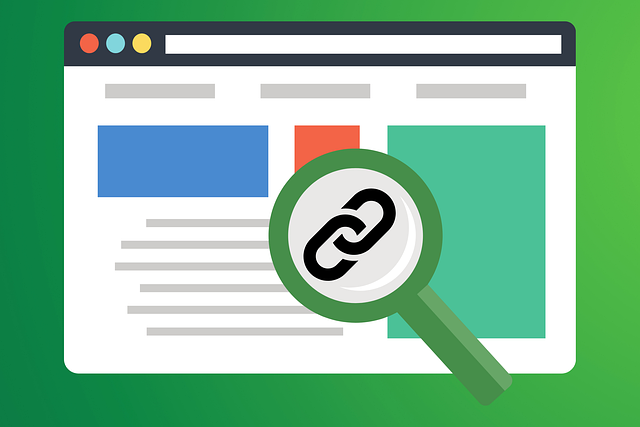
Link to other pages on your site (internal links) and to other relevant websites (external links). This helps users find more information and shows search engines that your content is well-connected.
To know more about the importance of content Marketing, please refer to page on SEO for Content Marketing
Chapter 3: Meta Tags Optimization
Crafting Effective Title Tags
The title tag is like the title of a book. It should be clear and include your main keyword. Keep it under 60 characters so it doesn’t get cut off in search results.
Writing Compelling Meta Descriptions
The meta description is a short summary of your page. It should be around 150-160 characters and include your main keyword. Make it interesting to encourage people to click on your link.
Using Header Tags (H1, H2, H3)
Header tags help organize your content. The H1 tag is like the main title, and the H2 and H3 tags are subheadings. Use them to structure your content and include keywords where it makes sense.
Chapter 4: Image Optimization

Using Descriptive File Names
Before uploading an image, name the file with descriptive keywords. Instead of “IMG1234.jpg,” use “blue-running-shoes.jpg.”
Adding Alt Text to Images
The alt text describes the image for search engines and visually impaired users. Make it descriptive, and include your keywords if they are relevant.
Compressing Images for Faster Load Times
Large images can slow down your website. Use tools like TinyPNG or JPEGmini to compress your images without losing quality. This helps your site load faster, which is good for both users and search engines.
Chapter 5: URL Structure
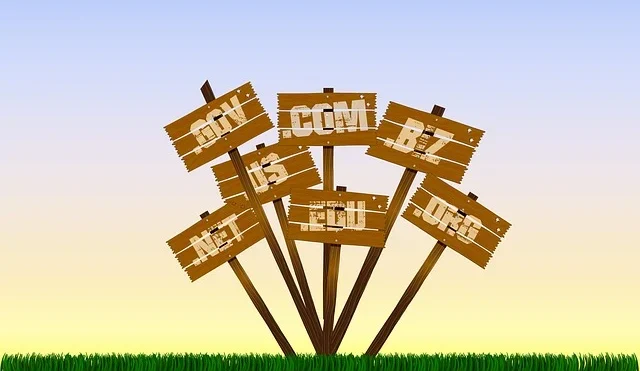
Creating Clean and Simple URLs
Your URLs should be easy to read and understand. Use keywords and avoid using unnecessary characters. For example, “example.com/blue-running-shoes” is better than “example.com/p1234.”
Using Hyphens to Separate Words
Use hyphens to separate words in your URL. This makes it easier to read. For example, use “blue-running-shoes” instead of “bluerunningshoes.”
Keeping URLs Short and Descriptive
Shorter URLs are easier to remember and share. Make sure your URLs describe the content of the page.
Chapter 6: Mobile Optimization

Ensuring Mobile-Friendly Design
More and more people are using their phones to browse the web. Make sure your site looks good and works well on mobile devices. Use responsive design to adjust your site for different screen sizes.
Using Google’s Mobile-Friendly Test
Google’s Mobile-Friendly Test tool can help you see if your site is mobile-friendly. It gives you tips on how to improve your mobile site.
Improving Mobile Page Load Speed
Mobile users expect fast load times. Use tools like Google PageSpeed Insights to check your mobile page speed and get suggestions for improvement.
Chapter 7: User Experience (UX)
Making Navigation Easy
Your site should be easy to navigate. Use clear menus and links so visitors can find what they’re looking for quickly.
Improving Readability
Make your content easy to read. Use a readable font size, short paragraphs, and plenty of white space. Break up text with images and videos.
Using Calls to Action (CTAs)
Encourage visitors to take action with clear calls to action. Use phrases like “Sign Up,” “Learn More,” or “Buy Now.” Make your CTAs stand out with buttons or bold text.
Chapter 8: Technical SEO
Improving Site Speed
A fast website keeps visitors happy. Use tools like GTmetrix or Pingdom to check your site speed. Optimize your images, use browser caching, and consider a Content Delivery Network (CDN) to improve speed.
Ensuring Secure Connections (HTTPS)
Make sure your site uses HTTPS. This encrypts data and makes your site more secure. Visitors and search engines prefer secure sites.
Fixing Broken Links
Broken links frustrate visitors and hurt your SEO. Use tools like Screaming Frog to find and fix broken links on your site.
Using Structured Data (Schema Markup)
Structured data helps search engines understand your content better. Use schema markup to highlight important information like reviews, events, and recipes.
For a detailed insight on technical SEO, please visit to Comprehensive Guide on Technical SEO.
Chapter 9: Content Freshness
Updating Old Content
Keep your content fresh and relevant by updating old posts. Add new information, fix outdated links, and improve the overall quality.
Creating a Content Calendar
Plan your content ahead of time with a content calendar. This helps you stay organized and ensures you’re consistently publishing new content.
Monitoring Content Performance
Use tools like Google Analytics to see how your content is performing. Look at metrics like page views, bounce rate, and average time on the page to understand what’s working and what needs improvement.
Chapter 10: Analytics and Tracking

Setting Up Google Analytics
Google Analytics helps you track your website’s performance. Set it up to monitor your traffic, user behavior, and more.
Using Google Search Console
Google Search Console shows you how your site appears in search results. It helps you track your SEO progress and fix any issues.
Monitoring Key Metrics
Keep an eye on important metrics like organic traffic, keyword rankings, and backlinks. This helps you understand the impact of your SEO efforts and make informed decisions.
Conclusion
Recap of Key Points
On-page SEO is essential for making your website attractive to search engines and users. By optimizing your content, using the right keywords, and ensuring a great user experience, you can improve your site’s visibility and drive more traffic.
Continuous Learning and Adaptation
SEO is always changing, so it’s important to stay up-to-date with the latest trends and best practices. Keep learning and adapting your strategies to stay ahead.
For latest SEO update, Please refer to page on Weekly SEO News.
Additional Resources for Further Learning
- Moz Blog: Offers tips and insights on SEO.
- Search Engine Journal: Provides the latest SEO news and trends.
- Google’s SEO Starter Guide: A great resource for beginners.
By following this on-page SEO checklist, you can make sure your website is well-optimized and ready to attract more visitors. Keep working on your SEO, and you’ll see the results over time.

Md Hafijul Islam holds an MA in Marketing and Innovation from Anglia Ruskin University, UK. With expertise in search engine optimization, he has earned an Advanced SEO Certification from Simplilearn. His work focuses on innovative marketing strategies and optimizing digital presence. Md is passionate about helping businesses enhance their online visibility and reach. Connect with him on LinkedIn.
